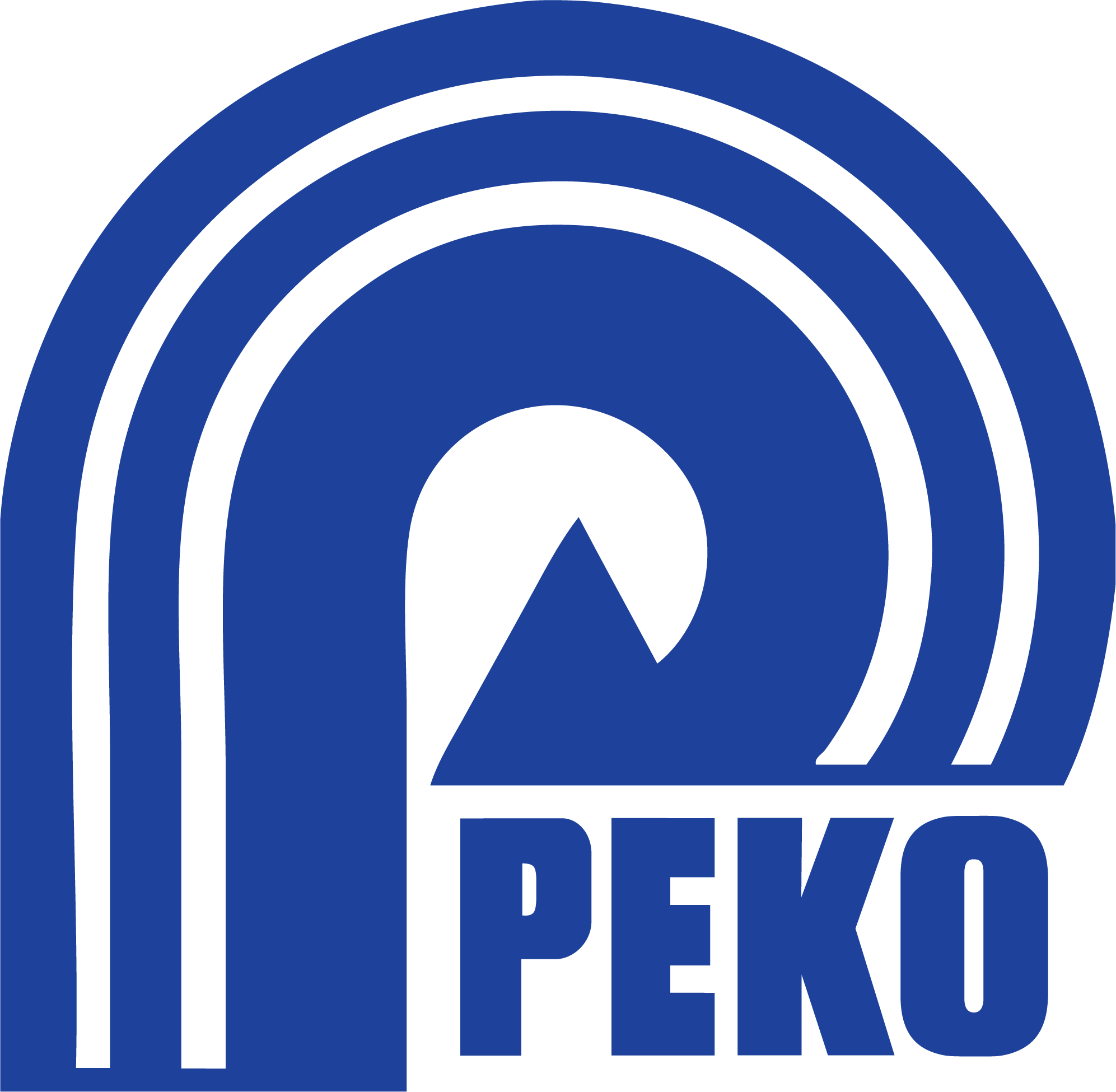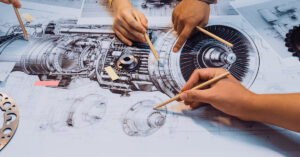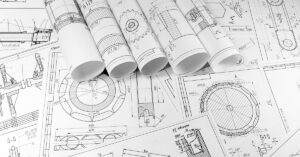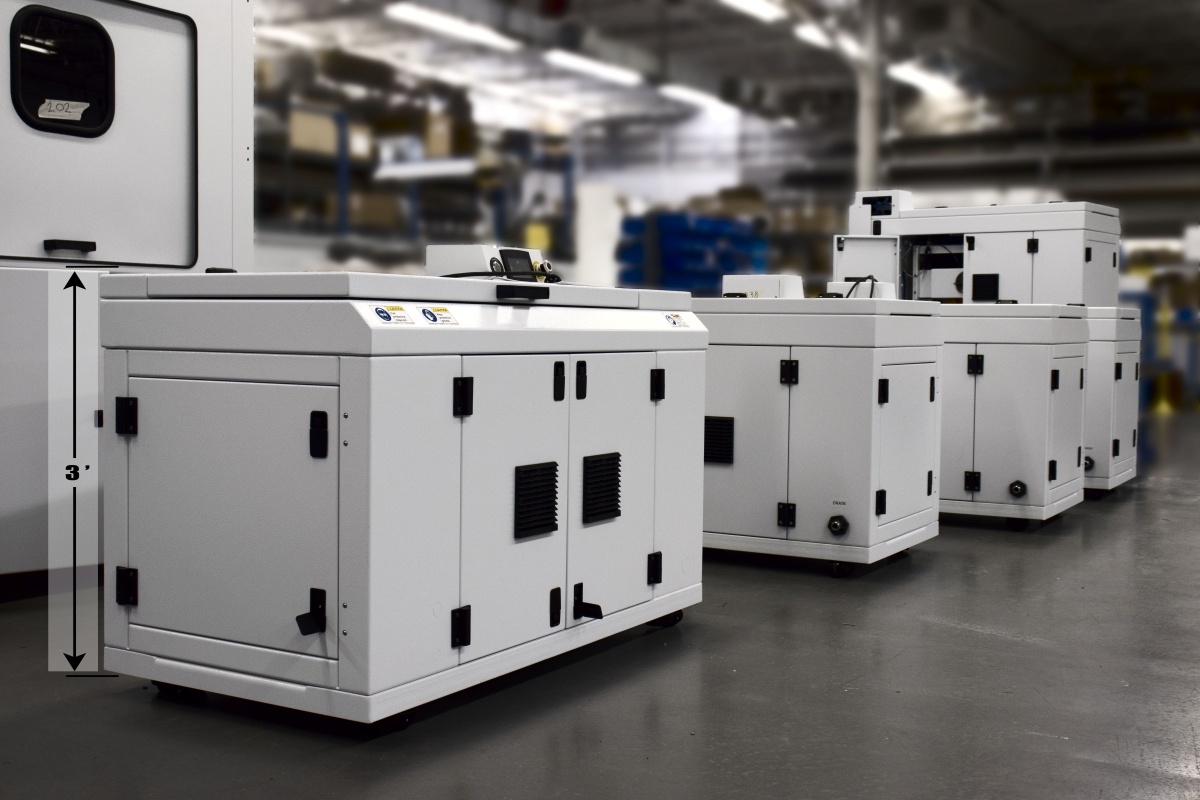 Choosing the right partner for build to print manufacturing isn’t a price exercise—it’s a risk decision. The wrong machine builder can introduce delays, quality escapes, and documentation chaos. The right one replicates your design with traceability, executes FAT/SAT reliably, and scales from NPI to production without constant hand-holding.
Choosing the right partner for build to print manufacturing isn’t a price exercise—it’s a risk decision. The wrong machine builder can introduce delays, quality escapes, and documentation chaos. The right one replicates your design with traceability, executes FAT/SAT reliably, and scales from NPI to production without constant hand-holding.
Use the following build to print manufacturing checklist to separate true machine builders from job shops. It covers quality systems, program management discipline, phase-gated NPI, supply-chain control, documentation readiness, and commercial clarity so your team can shortlist with confidence.
Why These Questions Matter for Machinery Build to Print Manufacturing Programs
Strong shortlists succeed when a partner can replicate your design with quality, speed, and traceability—then scale. That requires a structured build to print manufacturing approach: audited quality (ISO 9001/13485/AS9100), formal FAT/SAT, ECO control, and a phase-gated NPI plan that locks work instructions before ramp.
21 Questions to Ask Before You Shortlist a Build to Print Manufacturing Partner
Quality & Compliance
- Which certifications are in scope for our industry (ISO 9001/13485/AS9100)? Can you share current certificates and audit cadence? Look for: formal process approach, incoming/in‑process/final QC with documented control plans.
- How do you structure FAT/SAT? Share a past template and pass/fail criteria. Look for: customer‑approved FAT package and sign‑offs prior to ship.
- What’s your traceability model (lot/serial, travelers, inspection records)? Look for: ERP‑driven records; digital work instructions.
Program Management & Communication
- Who is our single‑threaded PM and what’s the meeting cadence? Look for: weekly status, issue log, change control, and escalation path.
- Which ERP/MRP and document control systems do you use (e.g., Infor CSI/Syteline)? Look for: clear‑to‑build gates and component availability checks that protect build to print manufacturing schedules.
NPI → Production Maturity
- Describe your phase‑gate path (e.g., Phase 0/1/2/3, with defined deliverables). Look for: technical transfer, critical parameters, FMEA, and a structured build/debug/FAT.
- Do you require a qualification order before full rate? Look for: witness builds and training to lock in repeatability for build to print manufacturing.
Capabilities & Capacity
- What can you build in‑house vs. source (frames, sheet metal, CNC, harnesses, cabinets, pneumatics)? Look for: vertically integrated cell layout for full electromechanical builds.
- How many concurrent builds and technicians can you staff per line? Look for: dedicated cells sized to program demand and scale plans.
- Can you handle PLCs/motion/wiring and fluid power? Look for: “build partner” for electro‑mechanical systems—not a from‑scratch custom automation designer.
Supply Chain & Logistics
- How do you manage EOL notices and alternates? Look for: buyer + engineering review and formal customer approval loop.
- Can you run consignment or hybrid BOMs and open‑book pricing? Look for: transparent models, handling fees/markups stated up front.
- What’s your inbound inspection protocol? Packaging, crating, and ship‑in‑place options? Look for: defined pack-out and ex‑works norms that protect build to print manufacturing deliveries.
Engineering Rigor (Even for Build‑To‑Print Manufacturing)
- Will you perform DFMA checks and drawing readiness reviews? Look for: pragmatic feedback on tolerances, datum structure, and testability.
- Do you develop or co‑own work instructions? Look for: scalable documentation that you can audit; ownership clarified in the MSA.
Risk & Change Management
- Show your ECO process (who signs what, when?). Look for: ECO routed via ERP; revision control from PDM/PLM to floor.
- What happens when consigned content is late or non‑conforming? Look for: schedule protections and documented premium/rework policies.
- How do you handle Force Majeure and price volatility? Look for: clear MSA language; CPI/PPI clauses.
Security & IP
- Where is your data hosted and who has access? Look for: U.S.‑based footprint; ITAR/NIST‑aligned policies.
- Who owns native CAD/BOMs and test docs after final payment? Look for: customer ownership of work product in contract language.
Commercial Clarity
- What’s the payment structure across phases? Look for: milestone/deposit terms aligned to NPI→production and cash‑flow clarity for long lead content in build to print manufacturing.
What “Good” Looks Like (Quick Reference)
| Topic | Evidence That Builds Confidence |
| Quality System | Current ISO certs + layered IQC/IPQC/OQC, sample control plan, past audit close‑outs supporting build to print manufacturing repeatability. |
| Phase-Gate | Written Phase 0–3 plan with deliverables, example FAT/SAT packet ready for your product line. |
| ERP Discipline | Infor CSI/Syteline screenshots: CTB status, job travelers, serial traceability that tie to build to print manufacturing lots. |
| Capability Depth | Proof of complex machine builds, harness/cabinet work, frames, sheet metal, CNC; pneumatics and motion integration. |
| Pricing & Terms | Open-book structure, stated handling/consignment fees, transparent markups, and documented change-control language (ECO, rework/premium, CPI/PPI). |
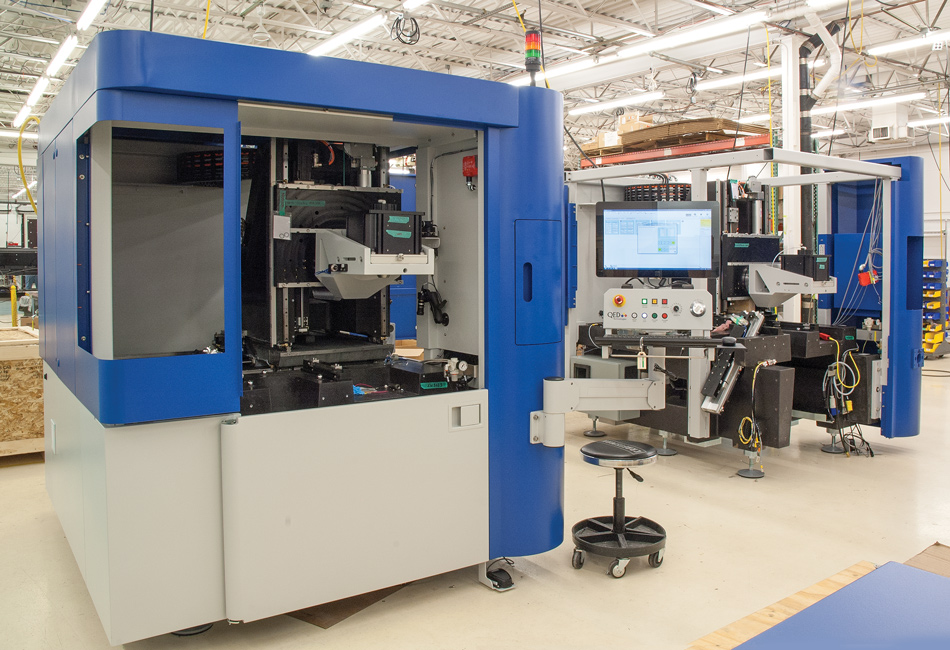
For a deeper primer on scope and roles in build to print manufacturing, see our overview of build to print services for OEMs.
Build to Print Manufacturing: Final Thoughts & Next Steps for Your Machinery Program
You now have a checklist to build a defensible shortlist based on evidence of quality systems, program management discipline, ERP clear-to-build, supply chain control, and proven FAT/SAT.
If you have a defined design and need build to print manufacturing at production quality, let PEKO review your drawing package and FAT requirements together. We can propose a qualification order, schedule, and pricing model that aligns with your ramp. Contact us using the form below to get started.
